Having strong bones is important for an active life and investing in bones early in life is important to be able to stay mobile as you age.
Good nutrition is key for developing a healthy skeleton and reaching your growth potential, and dairy has a particularly important role to play but many children and teens don’t get enough calcium.
Why we should invest in their bones when they are young.
Childhood and adolescence are a key window for growing strong bones. During this life stage, large amounts of calcium and other substances are added to the bone, which adds to bone mass and strengthens the skeleton as it grows. Around 90% of bone mass is laid down before your child turns 18 years, and peak bone mass is achieved in early adulthood. Accumulating as much bone mass as possible in early life can help maximise bone health throughout life and reduce the risk of fracture as one grows older. So investing in bones early in life by eating a healthy diet and being active is essential for your child.
How does dairy help make your child’s bones stronger?
Dairy provides several key nutrients that are important for growing strong bones in children and during other stages of life:
Protein
Protein is important for the structure of bones and makes up about half of its volume. Getting sufficient protein is essential for growing bones, and dairy can be a great source of high-quality protein.
Calcium
Calcium is the most important mineral for healthy bones. As their bones grow, more and more calcium is deposited in bones, leading to increased bone mass. During their childhood on average 150-200mg of calcium is deposited every day, but this can increase to around 400mg per day during growth spurts. The calcium that is deposited comes from the food they eat, and dairy can be an excellent source of calcium that can be absorbed more easily than from many other food sources.
Phosphorus
After calcium, phosphorus is the second most abundant mineral in the bone and also is deposited in fairly large amounts during childhood and adolescence. This makes phosphorus from food essential for strong bones, and dairy can also be a great source of phosphorus.
Other nutrients
Vitamin D is particularly important for healthy bones as it is needed to help absorb calcium from food and build it into bones. A lack of vitamin D can lead to rickets (soft bones). Our bodies can produce vitamin D in the skin when exposed to sunlight, but because of risks of sunburn and skin cancer in NZ we may also need to rely on vitamin D from the diet. Milk is not naturally a rich source of vitamin D, but choosing dairy products fortified with vitamin D can help improve this. So remember to check the label to see if a milk is fortified with vitamin D.
Other nutrients provided by milk in smaller amounts that also support bone health include zinc, magnesium and potassium.
Can milk make your child grow taller?
Every child has a maximum height they can achieve that is determined by their genes. When energy and nutrient intakes are insufficient, it is possible that children don’t achieve their potential height. So giving children the essential nutrition they need is important to ensure that they reach their full growth potential. Dairy is an excellent source of key nutrients that support growth, and so can help them achieve their full growth potential.
How much dairy should your child consume?
It is recommended that children consume at least 2-3 serves of dairy products a day, including milk, yoghurt and cheese. But many children, and in particular adolescents in New Zealand fall short of this recommendation with 65 per cent of children and young people aged 5-14 years estimated to have an inadequate calcium intake. As a parent, you can help increase their dairy intake by adding cheese or yoghurt to their lunch box or exploring creative ways to include dairy, such as making a smoothie with yoghurt or milk. Check out more ideas here.
There are also excellent local community programmes to help children have more dairy like Fonterra’s Milk for Schools and KickStart programmes.


